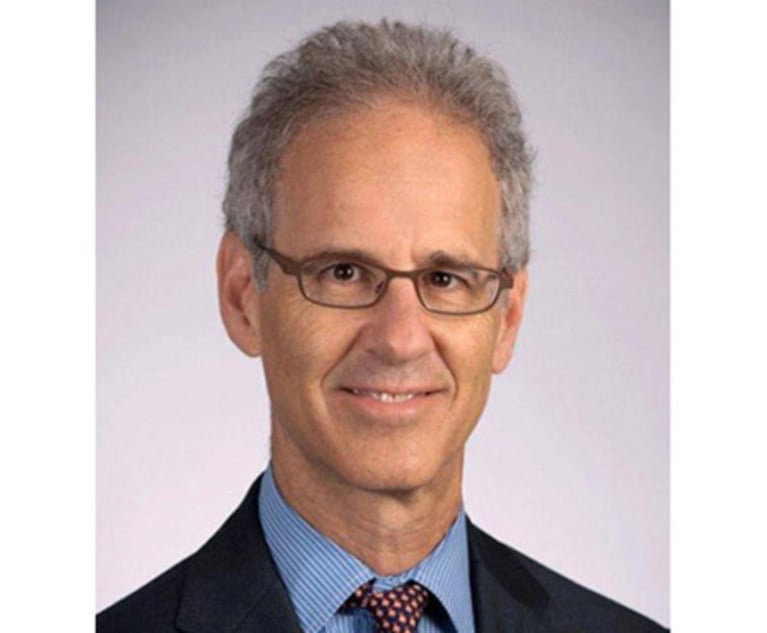 Prospects looked bleak for Navinder Sarao, a 36-year-old London-based stock index trader, when he was arrested in February 2015 and charged with 22 criminal counts of illegal spoofing and manipulation of the E-Mini S&P 500 futures contracts traded on the Chicago Mercantile Exchange. The criminal charges also implicated Sarao in the May 6, 2010 “Flash Crash,” when the Dow Jones Industrial Average plunged 600 points in five minutes, around a 6% decline. Sarao was charged with one count of wire fraud, 10 counts of commodities fraud, 10 counts of commodities manipulation, and one count of “spoofing.” Those combined charges carried a maximum prison sentence of 380 years. But in a Chicago courtroom in January, nearly a decade after the flash crash, he received a remarkably lenient sentence of one year of home confinement. What explains such a light sentence for the man blamed for causing one of the most turbulent days in market history?
Prospects looked bleak for Navinder Sarao, a 36-year-old London-based stock index trader, when he was arrested in February 2015 and charged with 22 criminal counts of illegal spoofing and manipulation of the E-Mini S&P 500 futures contracts traded on the Chicago Mercantile Exchange. The criminal charges also implicated Sarao in the May 6, 2010 “Flash Crash,” when the Dow Jones Industrial Average plunged 600 points in five minutes, around a 6% decline. Sarao was charged with one count of wire fraud, 10 counts of commodities fraud, 10 counts of commodities manipulation, and one count of “spoofing.” Those combined charges carried a maximum prison sentence of 380 years. But in a Chicago courtroom in January, nearly a decade after the flash crash, he received a remarkably lenient sentence of one year of home confinement. What explains such a light sentence for the man blamed for causing one of the most turbulent days in market history?
His arrest and the charges attracted notoriety and extensive press coverage both in the United States and U.K. Sarao was frequently portrayed as the poster boy for financial wrongdoing, which earned him the “Flash Crash trader” moniker. He was also frequently referred to as the “Hound of Hounslow,” a reference to the London borough where he resided and worked out of his childhood bedroom in his parent’s home.






